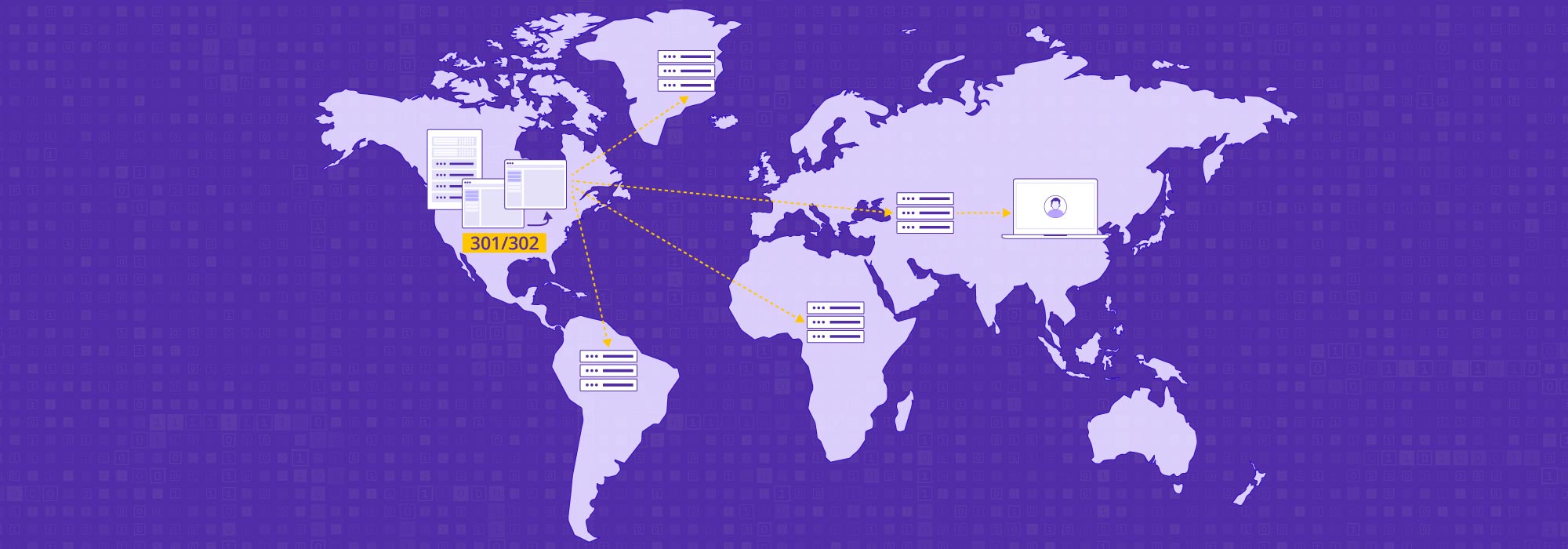Think of any business operating in some digital capacity today, and you will find that they rely on video content to reach their audiences. This could be in the form of marketing and advertising content or in the business of video streaming itself, as is often the case in the entertainment, sports, news, and live events industries. According to Statista, the number of live video viewers in the United States alone reached over 158.2 million by the end of 2022. This number is expected to increase to 164.6 million viewers by 2024.
The Importance of Streaming Security
With this growing reliance on live video streaming, businesses are also at an increased risk of cybercrime and security issues. Various forms of malware, fake versions of online video platforms, phishing, and piracy are all issues that concern businesses and creators who rely on video streaming.
According to studies conducted by the cybersecurity firm DataProt, pirated video material gets over 230 billion views a year. And more than 80% of global online piracy can be attributed to illegal streaming services.
Streaming Security Features
If you are looking for a secure video streaming platform, you need to think about various factors. Top of the list are your audience, content, and goals. To establish secure streaming, you can choose from multiple methods and features. Different providers offer different security features, but here are some essentials to consider. Any of the following features can be paired with others for added protection.
Password Protection
Password-protecting your video can also be an option to secure your video streaming. You set a password for the video, and the user must enter the correct password to watch it. Only those viewers with permission via password authentication can access your content.
While this is useful for some types of videos, such as previews, internal company meetings, or unfinished marketing material under review, it may not be ideal for streaming that needs to reach vast numbers of online users.
HTTPS (HTTP+SSL)
HTTPS is a security feature that protects your video from “man-in-the-middle” attacks. Man-in-the-middle attacks are when attackers eavesdrop on the communication between two targets. So, in video streaming, an attacker will intercept the video between your broadcast and the end users’ reception. These often happen when viewers use public networks like coffee shops and libraries.
HTTPS prevents these by wrapping the communication between you and your viewer through a layer of secure encryption. It offers additional security for your content.
Geo-Blocking
Another way to protect your video streaming from attack is by restricting it to certain specific geographical regions. This feature is called geo-blocking or geo-restricting and is an option for businesses unable to distribute content in some regions because of licensing or copyright issues. It’s also helpful if you want to avoid fines for privacy violations in some regions or if the video is only meant to be viewed within an office location.
IP Restrictions
Similar to geo-blocking is IP restriction. IP restriction limits video consumption to viewers whose IP addresses are allowed in the streaming. You can block specific IP addresses you are sure you want to avoid, or you can allow just a few select IP addresses to view your videos. It’s helpful if you want to restrict video streaming to an organization, a building, or a location.
Referrer Restrictions
One layer of video security alone may not be enough. Geo and IP restrictions, for example, can be circumvented by hackers through clever techniques such as VPN or proxy browsers that hide IP addresses.
You can add another layer of security by adopting referrer restrictions. This works by whitelisting select domains to play your video content. If an unauthorized site attempts to embed your video, the video playback will be blocked. For example, you may want your video only played on your or partner organizations’ websites. In these cases, you can whitelist your domain and those of your partners to enable your video stream to be viewed by those visiting sites and pages only on these domains.
AES Encryption
The Advanced Encryption Standard (AES) is a feature that ensures each stream of video is encrypted using a special key. Encryption is an encoding process, so only authorized users can access it.
Your viewer will need a digital access key to watch it on your allowed websites. Or they will have to sign in with their account. Viewers will also need a secure HTTPS connection and a web browser to gain access.
DRM – A Popular Video Streaming Security Trend
In addition to the streaming security features listed above, there is another option that you can explore to protect your video streaming content – digital rights management (DRM). DRM is a general approach to securing and managing the rights to digital content. It applies to various digital media formats, including eBooks, PDFs, audio files, images, design documents, and video, enabling you to prevent unauthorized access, use, and copying of the content in these files.
In the case of video streaming, DRM can be used to lock video files behind a gate or a paywall and encrypt them so that only select devices or users who are authorized can access them. And if someone tries to steal your content, DRM technology uses dynamic watermarking or embedded tracking codes so content can be traced back to the original owner.
Steps to Take to Make Your Video Content More Secure
- Conduct a security audit
- Choose a secure video hosting platform
- Password protection
- Use HTTPS (HTTP+SSL)
- Implement geo & IP restrictions
- Apply referrer restrictions
- Implement AES encryption
- Explore DRM
- Regularly update and monitor
We’ve covered a lot of ground, so here’s a handy step-by-step guide for enterprises wanting secure video streaming in 2023.
1. Conduct a Security Audit
Review your current video streaming service and identify vulnerabilities. A security audit will give you valuable insights and helps you prioritize your security efforts.
2. Choose a Secure Video Hosting Platform
Make sure your streaming solution prioritizes security. The platform you select should offer the latest robust security measures.
3. Password Protection
Password-protected video content adds an extra layer of protection. Use it to safeguard sensitive or exclusive content from unauthorized access.
4. Use HTTPS (HTTP+SSL)
This security feature encrypts communication between your server and viewers, preventing man-in-the-middle interception of your content.
5. Implement Geo & IP Restrictions
Geo-restriction blocks access to video content based on geographic areas. It’s helpful if copyright or licensing issues are at play in specific regions. Furthermore, consider introducing IP restrictions so content is blocked for some IP addresses. This approach is handy when you want content protection limited to particular organizations or locations.
6. Apply Referrer Restrictions
This security feature lets you specify which domains can embed and play your video content. Unauthorized websites are blocked, adding another layer of protection against piracy.
7. Implement AES Encryption
AES is a must-have feature. It ensures video content is encoded with encryption keys accessible only to authorized users.
8. Explore DRM
DRM offers end-to-end encryption of video files and access control. Only authorized devices or users can view your cloud video content.
9. Regularly Update and Monitor
Hackers and cybercriminals are often one step ahead. So, keep updated on the latest online security trends. And regularly monitor your secure video hosting platform for weaknesses and issues.
Follow our shared steps and protect your content in 2023 and beyond. Doing so not only safeguards your intellectual property but also offers your audience a safe and trusted viewing experience.
How CDNetworks Stacks up as a Secure Video Streaming Platform
As well as offering exceptional viewing experiences for both live streaming and on-demand video, CDNetworks is a first-class secure video streaming platform.
CDNetworks offers businesses a number of solutions to broadcast your video content securely. The Media Acceleration Live Broadcast is a service that leverages our industry leading content delivery network (CDN) and powerful media-processing capabilities to deliver real-time streaming and interactive viewing experiences to global users. While If you work with on-demand video, CDNetworks Media Acceleration VoD might be an ideal choice for you, as it ensures your video delivery to end users over optimal paths for peak performance, low latency and reliability.
We prioritize security using encryption, secure distribution methods, and access control. Effective features like watermarking, HLS encryption, DRM, anti-hotlinking and anti-hijacking measures provide state-of-the-art security measures. And for easy control over viewing access, we also offer IP whitelist/denylist features plus geo-restrictions.
The advantages of CDNetworks’ comprehensive service continue beyond there. Our globally distributed video network delivers stable and fast streaming. And easy content management ensures you optimize content delivery and reach a wider audience.
Even better, our Cloud Live and Cloud VOD provides stable, fast video streaming without the high cost of building and maintaining complex hardware and video-processing systems.
Interested in finding out more? Sign up for a free trial today and explore the possibilities.


